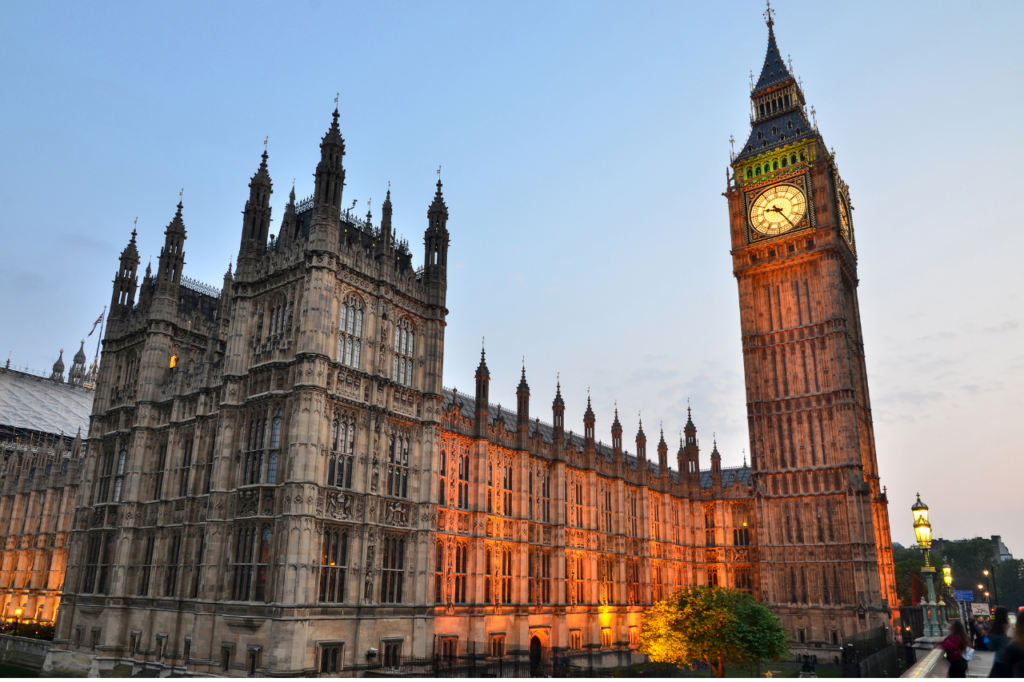From the green and grey belts to brownfield land and “golden rules”, the government appears to be embracing a kaleidoscope of colours in a bid to free up land for new homes and tackle the housing crisis.
To provide some clarity, Lodders’ Planning Law team explains what the grey belt is and what it means for developers, and shares an update on the government’s proposed changes to the National Planning Policy Framework (NPPF).
The green belt: a definition
Before we discuss the grey belt, it’s important to first establish what is meant by “green belt” land. Green belts are areas of permanently open land that prevent urban sprawl and are protected from many forms of development.
Green Belt serves five purposes:
- to check the unrestricted sprawl of large built-up areas;
- to prevent neighbouring towns merging into one another;
- to assist in safeguarding the countryside from encroachment;
- to preserve the setting and special character of historic towns; and
- to assist in urban regeneration, by encouraging the recycling of derelict and other urban land.
The majority of green belt has been designated by Local Planning Authorities, who are responsible for designating land as green belt under powers established in the Town and Country Planning Act 1947.
What is the grey belt?
A new term coined by Keir Starmer’s Labour government, the ‘grey belt’ refers to ‘land in the green belt comprising previously Developed Land and any other parcels and/or areas of green belt land that make a limited contribution to the five Green Belt purposes’ but excluding some areas or assets of particular importance such as (but not limited to) Sites of Special Scientific Interest (SSSIs), areas of outstanding natural beauty (AONBs) and land at risk of flooding.
Examples of grey belt might include land on the fringes of existing settlements.
As part of proposed reforms to the NPPF, the government has suggested that some green belt land could be reclassified as grey belt, with the aim of making more land available for housing development.
Grey belt will make a limited contribution to the Green Belt purposes and will meet at least one of the following criteria:
- There is significant built development on the land, or it is entirely surrounded by buildings.
- The land does little to prevent neighbouring towns from merging.
- It is dominated by urban land uses, including physical developments.
- The land contributes little to preserving the setting and special character of historic towns.
Planning applications for development on grey belt won’t need to meet the previously high threshold of having ‘very special circumstances’ clearly outweighing harm to the green belt. However, to be granted permission, development will need to satisfy the following:
- Utilise grey belt land in a sustainable location
- Not ‘fundamentally undermine the function of the green belt across the area of the plan as a whole’
- The Council doesn’t have a 5 year housing land supply or there is less than 75% delivery of the housing requirement over the previous 3 years, or there is a ‘demonstrable need for land to be released for development of local, regional or national importance
- The development meets the “golden rules” at the proposed paragraph 155 of the amended NPPF, so no less than 50% affordable housing is provided, along with the necessary infrastructure improvements and public open space
How much land could the grey belt free up for developers?
Roughly 12% of England is green belt land. While there is no definitive figure on how much of this could now be classified as grey belt, research conducted by estate agent Knight Frank identified around 11,000 previously developed sites that could potentially qualify – accounting for less than 1% of the existing green belt. It estimates that this could accommodate up to 200,000 new homes.
Ultimately, it will be up to individual planning authorities to make a final decision on what will be designated as grey belt.
What about brownfields?
Accounting for approximately 8.7% of land in England, brownfield sites are developed land that is, or was previously, occupied by a permanent structure.
The NPPF changes propose that local planning authorities give “substantial weight to the value of using suitable brownfield land.”
The government is looking to implement brownfield passports to support their brownfield first approach to development, to help expedite the process and provide better clarity for developers. This seeks to ‘ensure where proposals meet design and quality standards, the default answer is yes’.
What are the next steps?
Looking ahead, the government is working through the responses from its consultation, which closed on 24 September 2024. Although the original aim was to have the new framework in place by the end of October, this now seems unlikely due to the volume of feedback received.
While Matthew Pennycook, Minister of State for Housing and Planning, stated that Labour is committed to implementing these reforms before the end of the year, there were suggestions at the Labour Party Conference that the update may be delayed until the new year. We will keep you updated regarding further developments.
Real estate experts
Lodders’ team of specialist planning solicitors have forged solid working relationships with local authorities, giving us a unique, well-rounded understanding of the UK planning system. Get in touch today to find out how we can support you.
Contact usContact us
Need more advice?
For help with a legal problem or more information on any of our services at Lodders, please get in touch with our friendly team. You can contact us via the number or email address below, or fill in the form and we will get back to you as quickly as we can.

Contact a member of the team
Read more
Other news, insights and events







